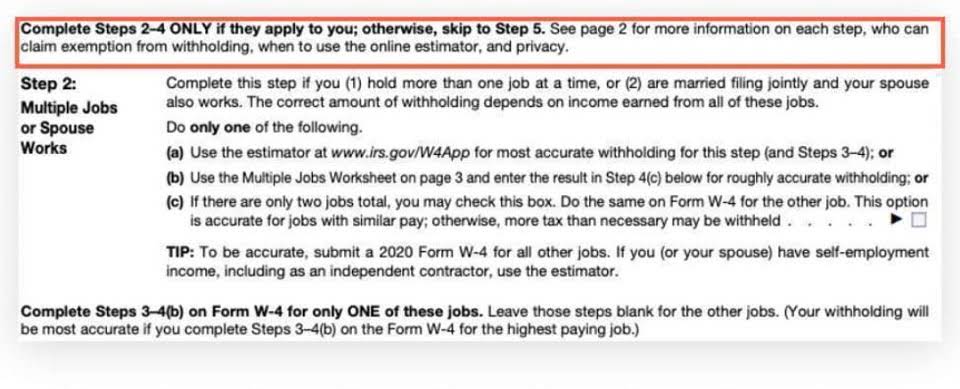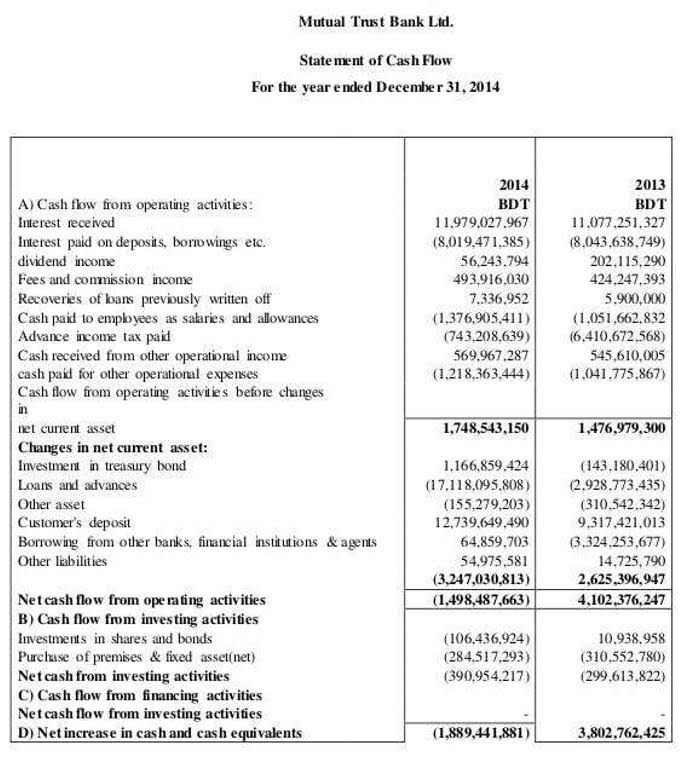What Is Unearned Revenue? A Definition and Examples for Small Businesses

Then, on February 28th, when you receive the cash, you credit accounts receivable to decrease its value while debiting the cash account to show that you have received the cash. Since the actual goods or services haven’t yet been provided, they are considered liabilities, according to Accountingverse. Metrics like “RPO Coverage Ratio” (RPO divided by next 12 months revenue) have become common in board decks. Customers are more likely to remain committed to the transaction when they pay in advance. They are invested in receiving the goods or services they have already paid for, reducing the likelihood of cancellations or refunds.
Use Baremetrics to monitor your subscription revenue
Deferred revenue is a broader term that encompasses unearned revenue and other types of revenue that are received in advance but have not yet been recognised on the income statement. In wrapping up, bookkeeping understanding unearned revenue is indispensable for businesses aiming for accurate financial reporting. If a company fails to accurately record its unearned revenue, it could lead to inaccurate financial reporting and create potential legal issues. Unearned revenue is recorded on the income statement as a deferred income, which is a liability-like account.
- Unearned revenue can provide clues into future revenue, although investors should note the balance change could be due to a change in the business.
- Earned revenue means you have provided the goods or services and therefore have met your obligations in the purchase contract.
- As the services are provided over time, accountants perform adjusting entries to recognize the earned revenue.
- Cube integrates with your ERP, offering a seamless bridge between tools like Excel and Google Sheets.
- Unearned revenue refers to money received for goods or services that have not been provided yet.
- The company, however, is under an obligation to provide the goods or render the service, as the case may be, on due dates for which advance payment has been received by it.
How does deferred revenue impact SaaS financial reporting?
- If unearned revenue is on the books, investors already have some idea of what future revenue will be.
- As time passes and you use hosting each month, your hosting provider will gradually recognize revenue on its income statement and reduces liabilities accordingly.
- To stay compliant, entities must record unearned revenue as a liability on the balance sheet.
- This action increases the cash account and creates a liability in the unearned revenue account.
- The unearned revenue account is debited, and the revenue account is credited.
- Careful management of unearned revenue is essential for accurate financial reporting, cash flow management, and meeting customer obligations.
This means that the cash isn’t received in the current period, but it’s expected to be received in later periods as services are provided or products are delivered. This can result in an increase to the cash account balance during future periods, when customers pay for what they received. But if the money is a prepayment, it doesn’t go on the income statement as recognized revenue. The tenant pays rent of $1,000 one month ahead of the service provided. The unearned revenue of $1,000 would then turn into revenue of $1,000 at the end of the month.
What Is Unearned Revenue? A Definition and Examples for Small Businesses
- Smart Dashboards by Baremetrics make it easy to collect and visualize all of your sales data.
- Until the company fulfills its obligation (e.g., providing the SaaS service over time), it owes value to the customer — making it a financial obligation, not earned income.
- Unearned revenue reports the amount of money a company has collected, without yet providing the goods and/or services to satisfy the obligation.
- Unearned revenue, also known as deferred revenue, is a crucial element in a company’s financial statements.
- Unearned revenue, often referred to as deferred income, represents advance payments received for services or products that have not yet been rendered or delivered.
- When we register for an annual subscription of our favorite magazine, the sales received by the company is unearned.
A high deferred revenue balance suggests strong prepayment volume and can indicate robust sales momentum. For fundraising rounds, showing deferred revenue growth alongside customer acquisition signals strong market demand. For startup CFOs, understanding and managing deferred revenue is more than an accounting requirement — it’s a strategic necessity.
Examples of Deferred Revenue
Unearned revenue is recorded as a credit to the unearned revenue account, which is a liability account. It represents a debt the company owes to its customers in the form of goods or services. The accounting entry for unearned revenue is to debit the cash account and credit the unearned revenue account when the payment is received. As goods or services are delivered, the unearned revenue account is debited, and the revenue account is credited. Unearned revenue examples include subscriptions, advance payments for products, retainer fees, and deposits for services. These transactions create a liability on the company’s balance sheet until the revenue is earned by delivering the promised goods or services.


Unrecorded revenue goes against the matching principle of Bookkeeping for Painters accounting as it results in revenue being recorded in a later period than it was actually earned. Unearned revenue is the cash obtained from a customer in advance of providing the goods or services they are purchasing. Online retailers may receive advance payments for pre-ordered products that have not been shipped yet. An income statement, also called a Profit and Loss statement (or P&L) records revenue and expenses over time. It provides a true picture of company financial data used in decision-making.
- Integrating this innovative tool can make financial analysis seamless for your SaaS company, and you can start a free trial today.
- One factor to keep in mind is to make sure the prepaid revenues are collected with cash, not with an accounts receivable.
- The accounting period were the revenue is actually earned will then be understated in terms of profit.
- Earned revenue refers to revenue that a company has successfully delivered goods or services for and has been recognized on the income statement.
- Have an idea of how other SaaS companies are doing and see how your business stacks up.

This is crucial in building trust among investors, shareholders, and other stakeholders. Unearned revenue is typically classified as a current liability because the company expects to fulfill its obligations and deliver the goods or services within one year. However, if the company anticipates that it will take more than one year to fulfill its obligations, the unearned unearned revenue is reported in the financial statements as revenue should be treated as a long-term liability. Unearned revenues are more common in insurance companies and subscription-based service providers. The liabilities section of the balance sheet will record the amount of unearned revenue that has been paid upfront by customers but not yet delivered or services provided.












